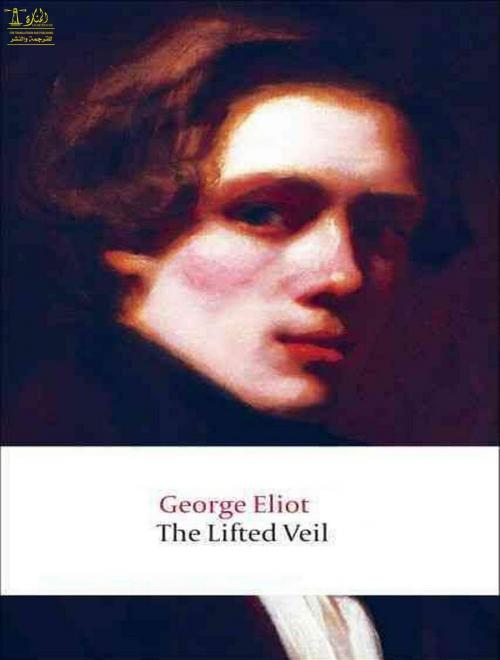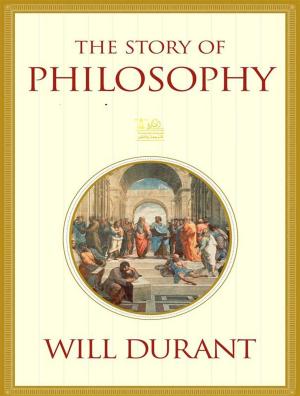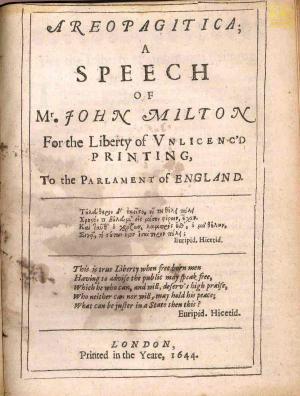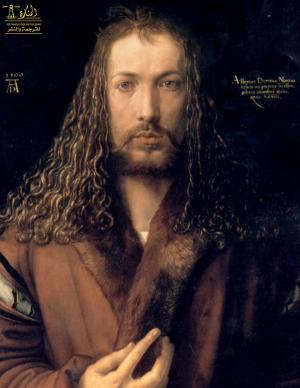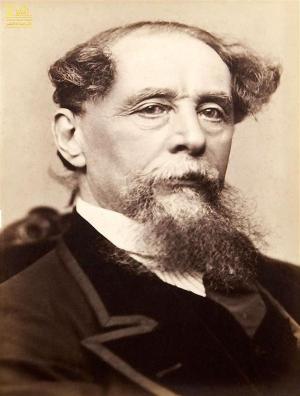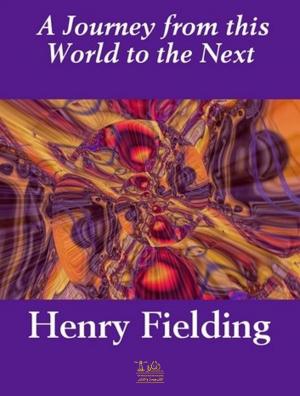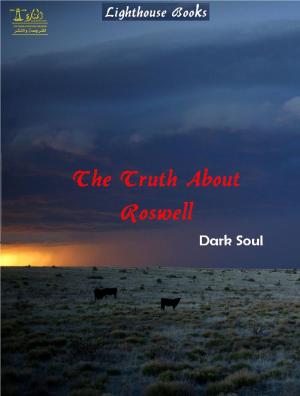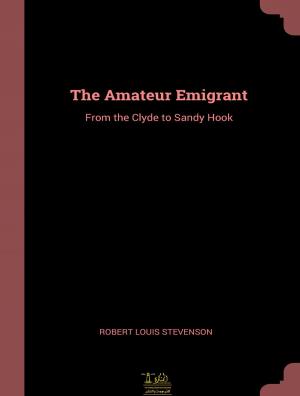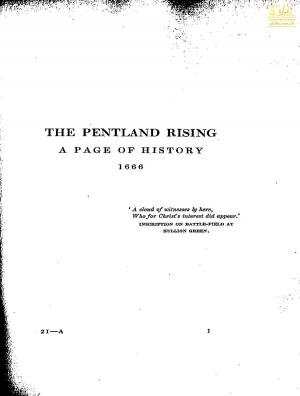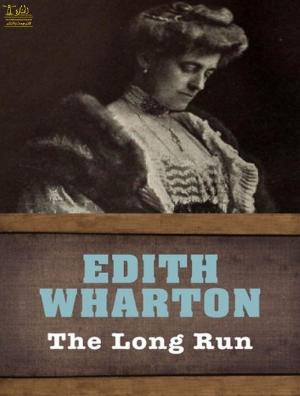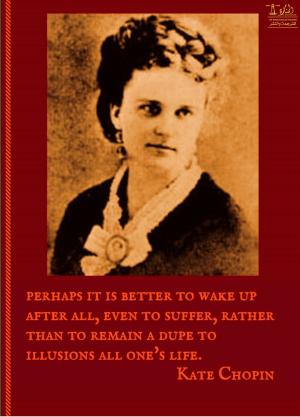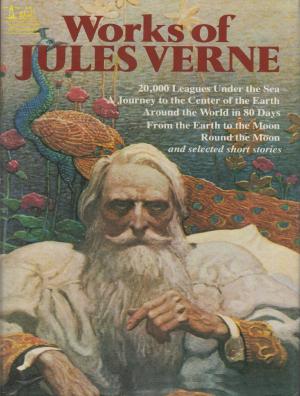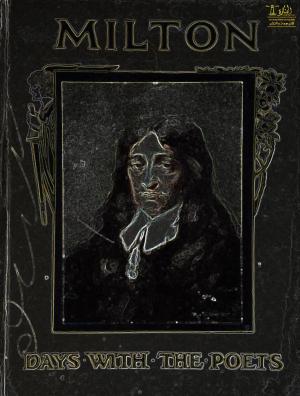The Lifted Veil
Nonfiction, Entertainment, Drama, Anthologies, Fiction & Literature, Literary Theory & Criticism| Author: | George Eliot | ISBN: | 9780599805422 |
| Publisher: | Lighthouse Books for Translation Publishing | Publication: | April 26, 2019 |
| Imprint: | Lighthouse Books for Translation and Publishing | Language: | English |
| Author: | George Eliot |
| ISBN: | 9780599805422 |
| Publisher: | Lighthouse Books for Translation Publishing |
| Publication: | April 26, 2019 |
| Imprint: | Lighthouse Books for Translation and Publishing |
| Language: | English |
Published the same year as her first novel, Adam Bede, this overlooked work displays the gifts for which George Eliot would become famous—gritty realism, psychological insight, and idealistic moralizing. It is unique from all her other writing, however, in that it represents the only time she ever used a first-person narrator, and it is the only time she wrote about the supernatural.
The tale of a man who is incapacitated by visions of the future and the cacophony of overheard thoughts, and yet who can’t help trying to subvert his vividly glimpsed destiny, it is easy to read The Lifted Veil as being autobiographically revealing—of Eliot’s sensitivity to public opinion and her awareness that her days concealed behind a pseudonym were doomed to a tragic unveiling (as indeed came to pass soon after this novella’s publication). But it is easier still to read the story as the exciting and genuine precursor of a moody new form, as well as an absorbing early masterpiece of suspense.
George Eliot, pseudonym of Mary Ann, or Marian, Cross, née Evans, (born November 22, 1819, Chilvers Coton, Warwickshire, England—died December 22, 1880, London), English Victorian novelist who developed the method of psychological analysis characteristic of modern fiction. Her major works include Adam Bede (1859), The Mill on the Floss (1860), Silas Marner (1861), Middlemarch (1871–72), and Daniel Deronda (1876)
Early years
Evans was born on an estate of her father’s employer. She went as a boarder to Mrs. Wallington’s School at Nuneaton (1828–32), where she came under the influence of Maria Lewis, the principal governess, who inculcated a strong evangelical piety in the young girl. At her last school (1832–35), conducted by the daughters of the Baptist minister at Coventry, her religious ardour increased. She dressed severely and engaged earnestly in good works. The school gave her a reading knowledge of French and Italian, and, after her mother’s death had compelled her to return home to keep house for her father, he let her have lessons in Latin and German. In 1841 she moved with her father to Coventry.
There she became acquainted with a prosperous ribbon manufacturer, Charles Bray, a self-taught freethinker who campaigned for radical causes. His brother-in-law, Charles Hennell, was the author of An Inquiry Concerning the Origin of Christianity (1838), a book that precipitated Evans’s break with orthodoxy that had been long in preparation. Various books on the relation between the Bible and science had instilled in her keen mind the very doubts they were written to dispel. In 1842 she told her father that she could no longer go to church. The ensuing storm raged for several months before they reached a compromise, leaving her free to think what she pleased so long as she appeared respectably at church, and she lived with him until his death in 1849.
Published the same year as her first novel, Adam Bede, this overlooked work displays the gifts for which George Eliot would become famous—gritty realism, psychological insight, and idealistic moralizing. It is unique from all her other writing, however, in that it represents the only time she ever used a first-person narrator, and it is the only time she wrote about the supernatural.
The tale of a man who is incapacitated by visions of the future and the cacophony of overheard thoughts, and yet who can’t help trying to subvert his vividly glimpsed destiny, it is easy to read The Lifted Veil as being autobiographically revealing—of Eliot’s sensitivity to public opinion and her awareness that her days concealed behind a pseudonym were doomed to a tragic unveiling (as indeed came to pass soon after this novella’s publication). But it is easier still to read the story as the exciting and genuine precursor of a moody new form, as well as an absorbing early masterpiece of suspense.
George Eliot, pseudonym of Mary Ann, or Marian, Cross, née Evans, (born November 22, 1819, Chilvers Coton, Warwickshire, England—died December 22, 1880, London), English Victorian novelist who developed the method of psychological analysis characteristic of modern fiction. Her major works include Adam Bede (1859), The Mill on the Floss (1860), Silas Marner (1861), Middlemarch (1871–72), and Daniel Deronda (1876)
Early years
Evans was born on an estate of her father’s employer. She went as a boarder to Mrs. Wallington’s School at Nuneaton (1828–32), where she came under the influence of Maria Lewis, the principal governess, who inculcated a strong evangelical piety in the young girl. At her last school (1832–35), conducted by the daughters of the Baptist minister at Coventry, her religious ardour increased. She dressed severely and engaged earnestly in good works. The school gave her a reading knowledge of French and Italian, and, after her mother’s death had compelled her to return home to keep house for her father, he let her have lessons in Latin and German. In 1841 she moved with her father to Coventry.
There she became acquainted with a prosperous ribbon manufacturer, Charles Bray, a self-taught freethinker who campaigned for radical causes. His brother-in-law, Charles Hennell, was the author of An Inquiry Concerning the Origin of Christianity (1838), a book that precipitated Evans’s break with orthodoxy that had been long in preparation. Various books on the relation between the Bible and science had instilled in her keen mind the very doubts they were written to dispel. In 1842 she told her father that she could no longer go to church. The ensuing storm raged for several months before they reached a compromise, leaving her free to think what she pleased so long as she appeared respectably at church, and she lived with him until his death in 1849.
